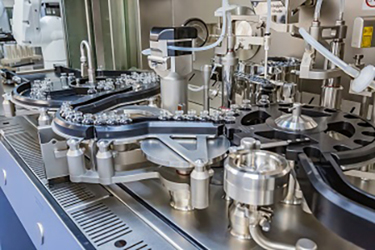Microbial Control And Monitoring In Aseptic Processing Cleanrooms

Cleanrooms and associated controlled environments provide contamination control (inert particles and microbiological entities) to levels appropriate for accomplishing contamination-sensitive activities. Products and processes that benefit from the control of contamination include those in such industries as aerospace, electronics, food and beverages, cosmetics, general healthcare and medical devices, and pharmaceutical products requiring a variety of clean environments.
Environmental Monitoring (EM), particularly in pharmaceutical manufacturing facilities where the risk of microbial contamination is controlled through aseptic processing, comprises both physical and microbiological test methods. It is a common assumption that if fewer total particulates are present in a cleanroom, it is less likely that airborne microorganisms will be present. This is true only if human operators are the main source of particulate matter in the air. However, it is not possible to clearly distinguish between the total background particulate contamination generated by mechanical operations and the total particulates contributed by personnel. Thus, it is routine for cleanroom environmental monitoring programs to consist of both a total particulate component and a microbiological component.
The data originating from these EM components provides critical information on how well a stable and suitable environment for the aseptic preparation of medicinal products is maintained.
Get unlimited access to:
Enter your credentials below to log in. Not yet a member of Bioprocess Online? Subscribe today.
